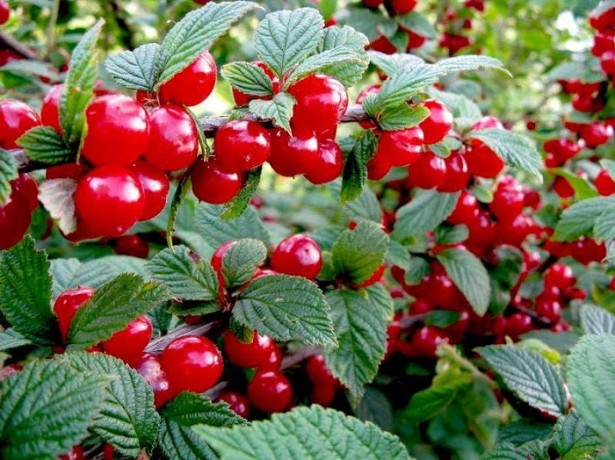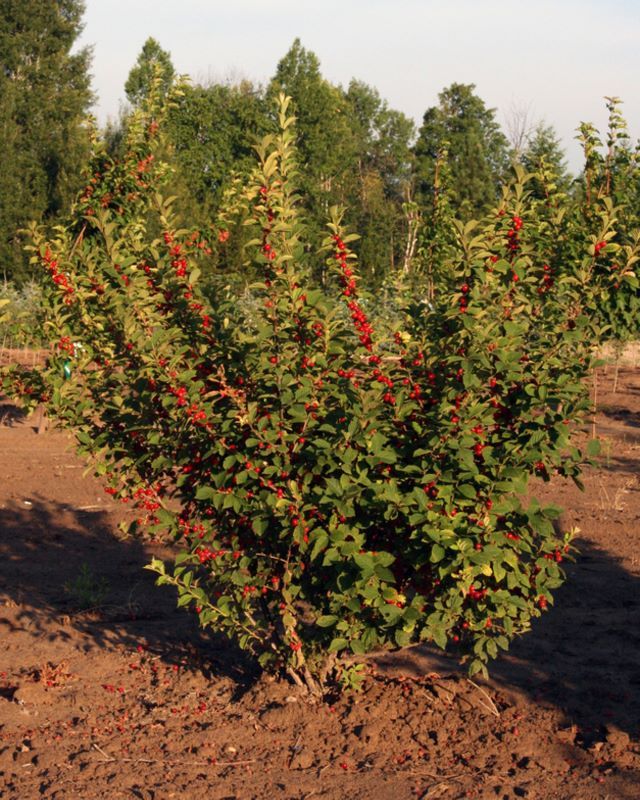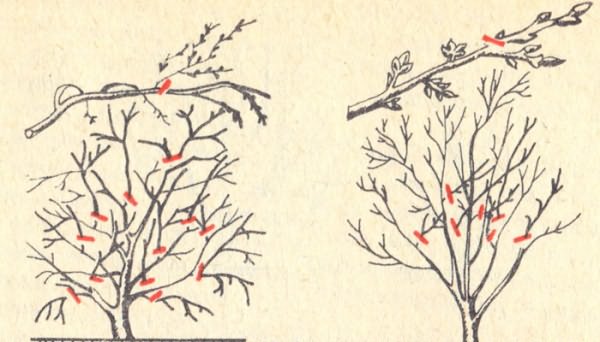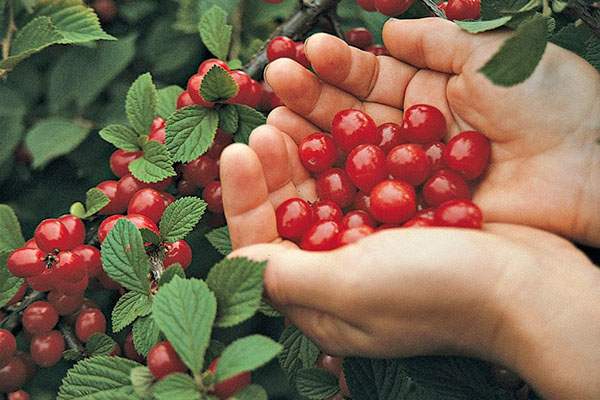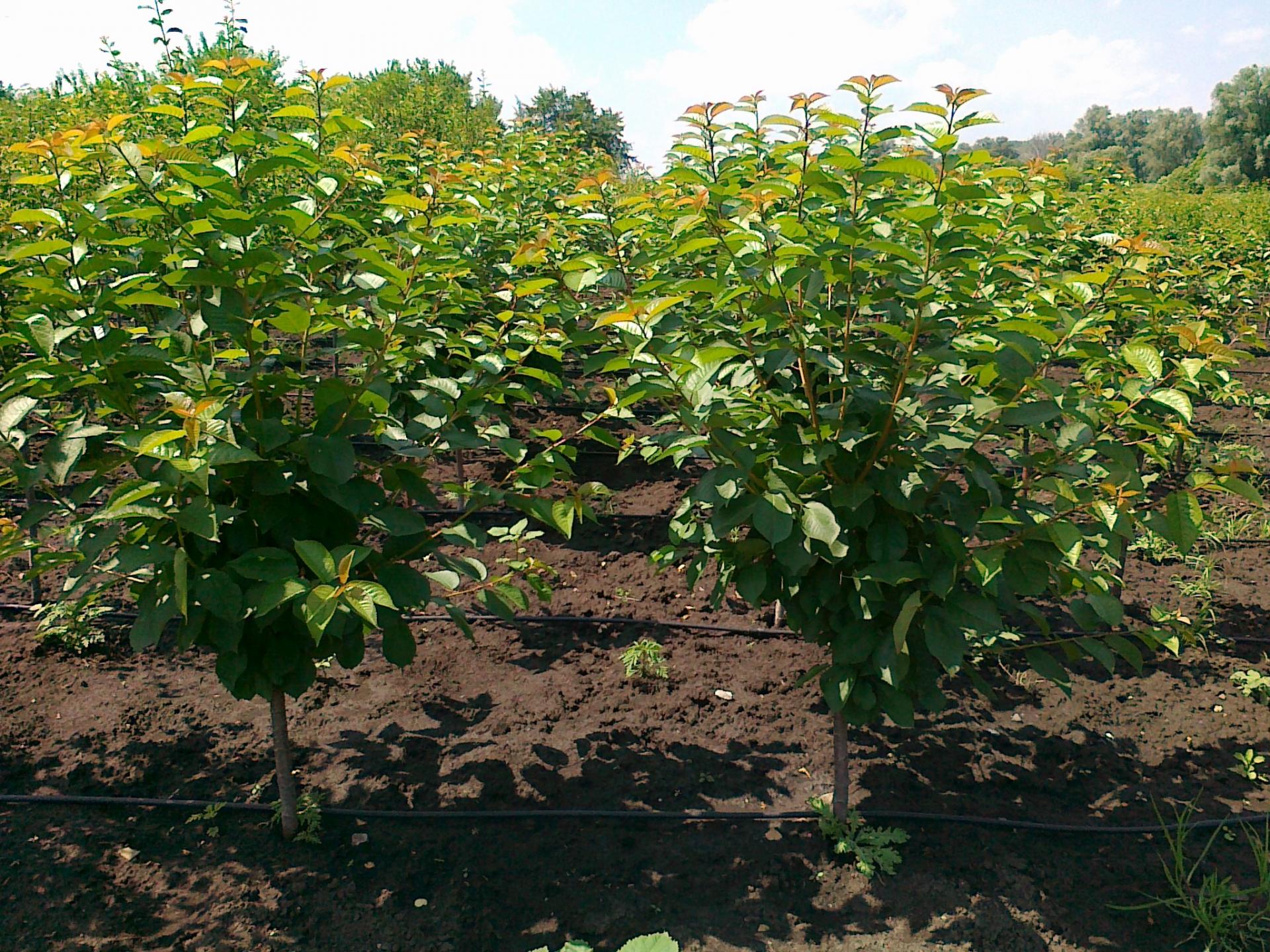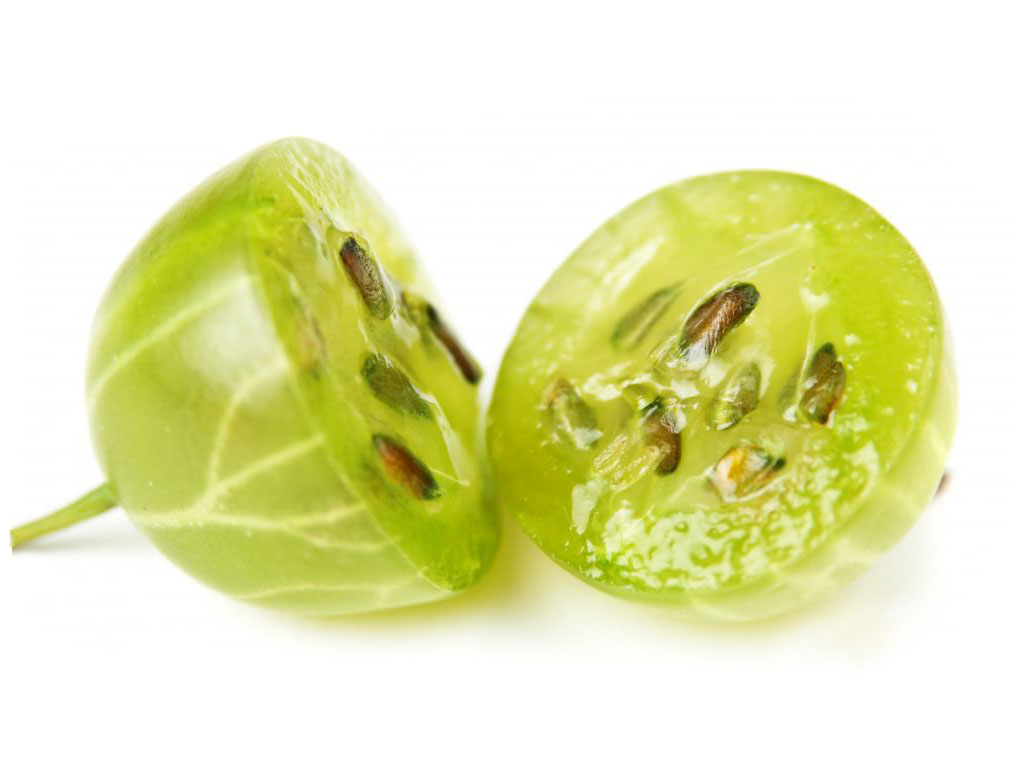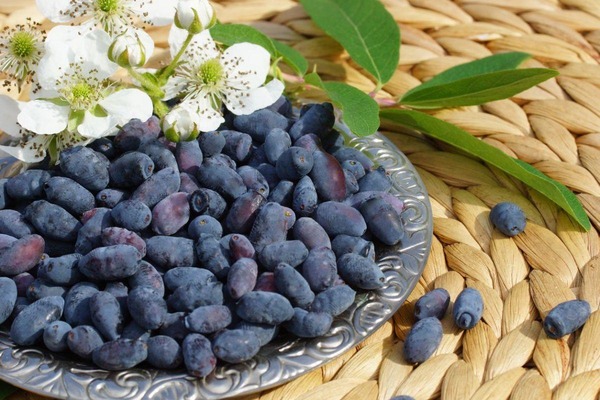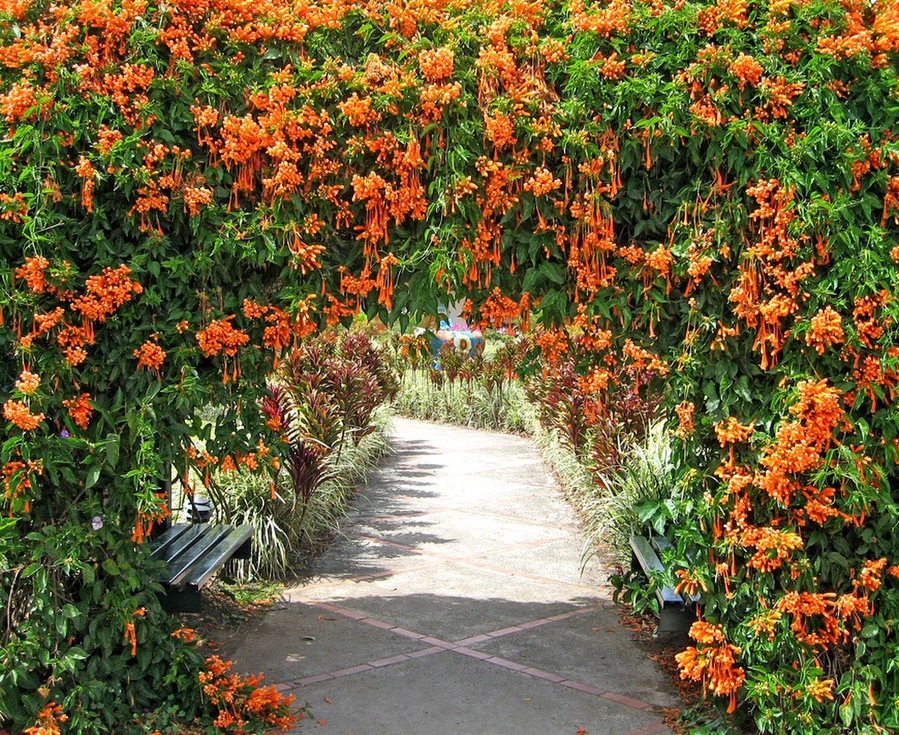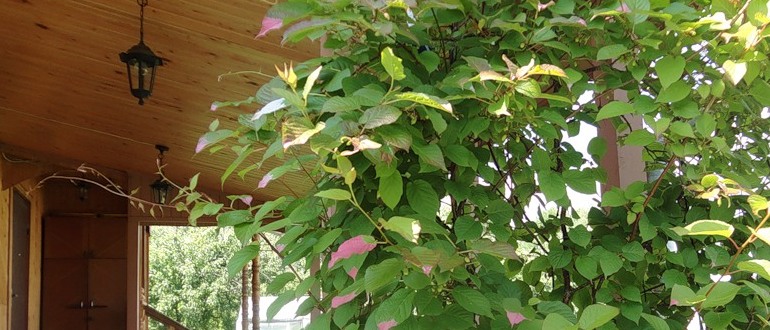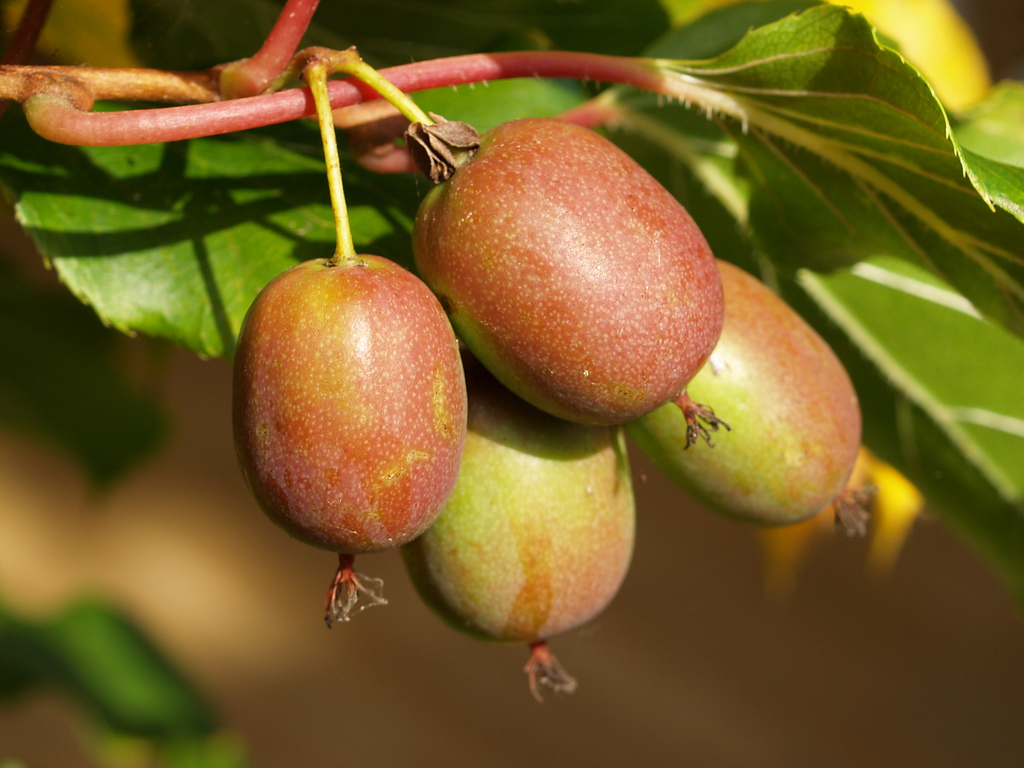Content:
Felt cherry is a low-growing shrub of the plum family. This small tree is loved by breeders and summer residents - from beginners to professionals. And the taste of fruits, sweet, without a single share of sourness, will not leave anyone indifferent.
Description and characteristics
It is not a separate variety, but a group of varieties that share a specific appearance. Leaves, young shoots, petioles and even fruits are covered with small fibers, similar to felt. The berries are small in size and have an amazing delicate sweet taste. Many call it a baby cherry, as children are crazy about the taste of the felt cherry fruit.
Breeders love her for her ease of crossing with trees such as:
- peach;
- plum;
- cherry plum;
- apricot.
And gardeners appreciate felt varieties for their excellent qualities:
- frost resistance;
- abundance of fruiting;
- early maturity;
- stability in fruiting;
- decorativeness;
- ease of growing and further care.
The tree is small, reaching no more than 3 m in length. A distinctive feature is also the unusual color of the bark. It can be copper-brown to almost black. The leaves are rich, bright green in color with a clear structure, pointed shape and jagged edges. During the flowering period, the shrub is abundantly covered with flowers from pinkish to white. Flowers can bloom until the leaves are fully open.
The berries begin to ripen within two weeks of forming. Harvesting can begin as early as late June-early July, at which time the rest of the cherry relatives are just forming the fruit. It is widely used in cooking. Various dishes are made from fruits:
- jam;
- jam;
- compote;
- the juice;
- marmalade;
- bakery products;
- desserts;
- added to conservation;
- alcoholic drinks.
And fresh, this berry is also wonderful, despite the presence of a small seed.
Berries contain a whole range of trace elements, acids, vitamins and even carbohydrates. For example, the presence of iron in the fruits of felt cherries is several times higher in quantity than in apple crops, and there is more vitamin C than in oranges.
They are resistant to long-term frosts and droughts. Thanks to these qualities, this variety will perfectly take root in such regions as:
- Ural;
- Siberia.
Due to its compactness, felt cherry will fit in any small garden area. Fruiting is possible already in the second year after planting on the site.
Produces bountiful harvests. Despite its small growth, the bush is strewn with fruits. All these positive qualities make this variety worthy of attention.
Planting and leaving
To get a good harvest, you need to create suitable conditions for the tree.
Lighting
Felted cherries need to be grown in sunny places; they do not tolerate shady areas.
Soil favorable for growing
The soil is considered suitable for this stone fruit crop:
- sandy loam;
- loamy;
- fertile;
- non-acidic;
- well drained;
- not peat;
- not swampy.
If the soil in the area is acidic, liming is necessary in the spring and autumn. And on peat and swampy areas it is categorically not recommended to plant this variety, the tree will not take root and ultimately die.
To do this, you need to plant several self-fertile cherry bushes close to each other.
Types of self-fertile cherry varieties:
- Summer;
- Fairy tale;
- Triana;
- Princess;
- Dark-skinned woman;
- Eastern;
- Children's.
Types of self-infertile:
- Autumn virovskaya;
- Oceanic virovskaya;
- Natalie.
Drop off time
The seedlings must be at least 2 years old. Landing on the site is recommended either in early spring, with the appearance of buds, or in the fall, in early September. Saplings purchased in the autumn-winter period must be placed in a box with earth and stored until planting on the site.
The planting hole should be of standard sizes - 60 cm in diameter, 50 cm deep.
For better survival of cherries before planting, the soil must be fertilized by adding:
- 30 l of organic fertilizer;
- 800 g of lime;
- potassium 30 g;
- phosphorus 50 g
After pouring all the ingredients into the pit, they must be stirred.
Felt cherry is planted in spring according to the following scheme:
- shorten the roots of the seedlings by about 20 cm.
- Prepare a clay solution and dip the root system in it.
- In the hole covered with fertilizers, make a depression and carefully insert the seedling.
- Cover with soil up to the mark where the shrub was previously planted.
- Tamp down slightly. Water abundantly.
- Mulch with peat.
Care features
Fertile, oxygenated soil is the main condition for obtaining a plentiful and high-quality harvest. It is necessary to periodically weed the soil in the periosteal circle, saturate the root system with oxygen by loosening.
It is better to fertilize this variety during the period of fruit formation. As a fertilizer, it is necessary to mix the following ingredients and fill the peri-stem area with them:
- 7 kg of rotted manure;
- phosphorus - 70 g;
- nitrogen - 30 g;
- potassium - 20 g.
And after five years, it is recommended to liming the soil under the bushes.
Watering is recommended during the dry season during the formation of berries. It is important not to overdo it, since excessive moisture can only harm, lead to a decrease in the amount of harvest and the speedy death of the plant.
Cherry pruning
This cherry variety needs periodic pruning. It is usually held in the spring and can be:
- sanitary;
- formative.
Pruning is necessary to remove dry, non-fruiting and excess branches. After it, no more than 12 healthy fruiting branches should remain on the bush. With age, every season, it is recommended to replace the branches with new ones by pruning.
Reproduction
Reproduction of this variety can be done:
- layering;
- seeds;
- cuttings.
Reproduction by layering is carried out as follows:
- healthy young lowest shoots on the bush are selected;
- root by tilting the branches towards the soil.
One of the easiest and fastest propagation methods is cuttings.
Diseases and pests
Felt cherry is valuable because it is resistant to all kinds of diseases, but moniliosis is its weakness. Spraying with a fungicide is recommended to prevent and prevent the disease.
In case of infection, diseased branches are cut off.
In addition to diseases, insects can attack felt cherries:
- aphid;
- leaf roll;
- plum moth.
For prevention, it is recommended to spray shrubs in the spring:
- ash extraction;
- potassium permanganate.
Harvesting
After two years after planting cherries in a summer cottage, a bountiful harvest can be collected from it. One shrub can bear up to 4 kg of quality fruit. The berries usually ripen at the same time and are light scarlet in color. But depending on the variety, they can also have a burgundy hue.
Felt cherries are not at all suitable for long-term transportation, therefore it is almost impossible to find them on store shelves.
Felt cherry is an unpretentious plant, following all the recommendations for the prevention of diseases and pests, you can grow a stunning cherry orchard from low-growing trees and enjoy berries with exquisite taste.
